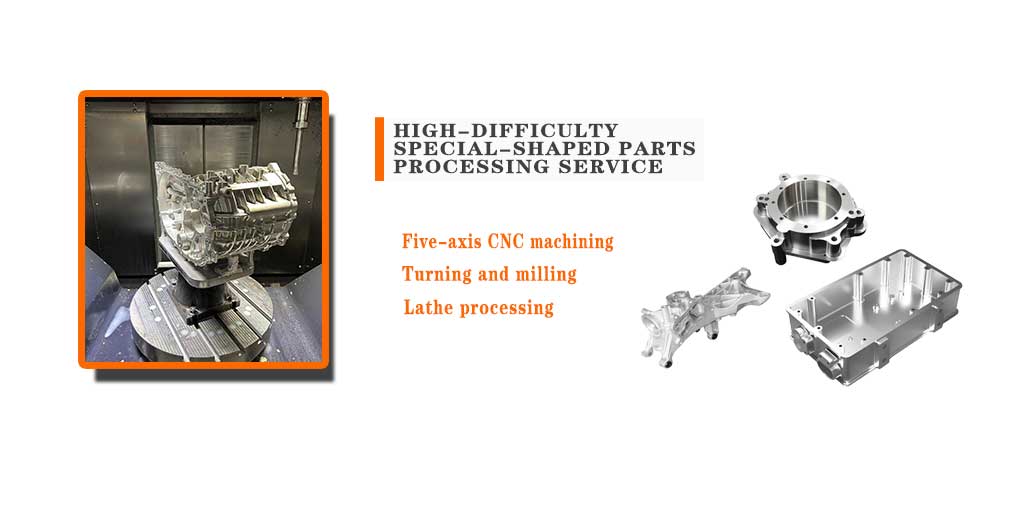3D Printing Materials Selection Guide
Explore the material properties available through additive manufacturing with direct metal laser sintering, stereolithography, Carbon DLS, selective laser sintering, Multi Jet Fusion, and PolyJet
However, material properties should only be evaluated in conjunction with the manufacturing process. It is the combination of the material and the process, inclusive of post-processing, that dictates the characteristics. For example, the same metal alloy shows different properties when die cast versus metal injection molded.
Additive manufacturing (AM), or 3D printing, is unique to other manufacturing processes, therefore the characteristics of produced parts are different, even when using a nearly identical alloy or plastic. AM benefits from recent investment and R&D efforts dedicated to the creation of materials specifically designed for industrial-grade 3D printers. In terms of mechanical and physical properties, material selection hinges on the prioritization of design and desired quality requirements.

The following information will aid in the characterization and selection of materials from six widely used industrial 3D printing processes: direct metal laser sintering (DMLS), stereolithography (SLA), Carbon DLS, selective laser sintering (SLS), Multi Jet Fusion (MJF), and PolyJet (PJ).
Material Advancements in 3D Printing
AM material advancements have pushed 3D printing uses beyond form and fit models and prototypes to functional parts for testing and ultimately end-use production. The customizable nature of 3D printing is perfect for low-volume, end-use parts such as wearables or even high performance aerospace components.
And while the output of 3D printing is different from that of other manufacturing processes, it can offer a suitable alternative when seeking a direct replacement. However, experimentation may take time because of 3D printing’s differences that extend beyond, but are related to, material properties. For example, additive materials are still advancing to include rich sets of performance data that characterize materials over a range of conditions. In most cases, 3D printing users are presented with a single data sheet that contains a limited set of values. Those values are also likely to present a best case scenario based on testing of virgin material (unrecycled powders), for example.
Another complication is that 3D printing produces anisotropic properties where the values differ for the X, Y, and Z axes. The degree of anisotropy varies with each additive technology—direct metal laser sintering is the closest to isotropic, for example—but it should always be a consideration.
3D-printed parts
Direct metal laser sintering (DMLS) is one of six additive manufacturing processes available at Protolabs.
Material suppliers rarely publish material specifications that document the change in properties from one axis to another, as the data behind these specifications can vary greatly by material, process, and even type of machine. By designing for the additive manufacturing (DfAM) process and adjusting the build orientation, anisotropism or inadequate material properties can be overcome. To do this, leverage the experiences from past projects or that of a qualified service organization to fill any gaps that arise because of limited material property data.
Outlined in this guide, you will find AM material data that is based on internal testing of additive materials built and post-processed using our capabilities here at Protolabs. Of note, all of the figures contained in this document are approximate and dependent on a number of factors, including but not limited to, machine and process parameters. Therefore, the information provided is not binding and not deemed to be certified.

When performance is critical, also consider independent lab testing of additive materials or final parts. While AM part success is dependent on material properties, they are not the only considerations. Each additive material and build process will also dictate characteristics such as dimensional accuracy, feature resolution, surface finish, production time, and part cost. So it is advised to select a suitable material and then evaluate its ability to meet expectations and requirements related to performance, cost, and quality.
Since 3D printing is unique, a goal of finding a perfect match to a cast, molded, or machined material is ill-advised. Within this guide, you’ll see some charted comparisons to traditional manufacturing methods that are intended to help level set AM material expectations for certain mechanical or physical properties.
Generally, one or two material properties distinguish an additive material from all others. Recognizing that a few properties will separate one material from the others, the recommended approach for selecting a material for 3D printing is to first define what mechanical or physical properties are key and identify critical-to-quality features. Then review the material and manufacturing options to find a fit based on your timeline and end-use goal.
Testing method 3D printing
A variety of material properties are tested in 3D printing processes, including ultimate tensile strength, elongation, hardness, and more.
3D Printing Materials: Definitions and Test Methods
Let’s take a minute to define some key terms you will see throughout this guide.
Ultimate tensile strength (UTS) refers to the maximum stress the material can withstand before breaking.
Tensile modulus, or elastic modulus, refers to the material stiffness. The higher the modulus, the stiffer the material.
Elongation (%) refers to the ductility of the material. Think about stretching a material into a wire. A higher elongation % indicates a material is more likely to be able to stretch or elongate into a thin wire shape.
Hardness is measured and reported in HRC or HRB on the Rockwell scale for metals within this guide. For polymers, like PJ, durometers are reported. The higher the number, the harder the material.
Heat Deflection Temperature (HDT), sometimes called heat distortion temperature, is the temperature at which deformation occurs when a rigid material is placed under a specific load.
For the purposes of this guide, plastic 3D-printed materials were analyzed for heat deflection per ASTM D648 with the exception of TPU. Internal testing for TPU 70-A was performed per ASTM D412. HDT values were measured at 66 psi. ASTM D648 was leveraged to perform internal testing on 3D-printed samples off of our machines. 3D-printed samples were pulled at a rate of 10 mm/min. X-Y plane samples were manufactured in a flat position parallel to the build platform or within the powder bed. Z plane samples were manufactured in an upright position. All DMLS sample bars were manufactured and tested in the Z plane, normal to the build platform.
Direct Metal Laser Sintering (DMLS) Materials
DMLS uses pure metal powder forms to produce parts with properties that are generally accepted to be comparable to wrought metals when comparing them in the heat-treated condition. Because there is rapid melting and solidification of powder particles in a small, constantly moving spot, DMLS may yield differences in grain size and grain boundaries that affect material performance. Research is ongoing to characterize additively manufactured grain structures and impacts to parts, which will be altered with changes to support structures, laser parameters, layer thickness, and heat treatments like stress relief or hot isostatic pressing (HIP). Ultimately, grain structures can be advantageously manipulated to offer heightened mechanical properties in a DMLS part.
Of the six additive manufacturing processes discussed in this guide, DMLS produces parts with material properties that approach an isotropic state, meaning similar properties independent from direction of measurement. Before we dive in, one item of note in the charts: NR indicates normal resolution, meaning parts were manufactured in 30 micron layers. If parts were built on the X Line 2000R machine, NR indicates that parts were built in 60 micron layers. HR indicates high resolution, meaning parts were manufactured in 20 micron layers.
Comparing Workhorse Materials: 17-4 PH vs. 316L
Stainless steel is a commonly used DMLS material, and it is available in two grades here at Protolabs: 17-4 PH and 316L. Select 17-4 PH (precipitation hardened) for its significantly higher tensile strength and yield strength, but recognize that it has less elongation at break than 316L, which means that 17-4 is less malleable than 316L. If you need a steel part with some flexibility, go with 316L. Both 17-4 PH and 316L are corrosion resistant options, but 316L is better at resisting acids. Note that 17-4 may be heat treated with a vacuum solution heat treatment and an H900 aging heat treatment to improve mechanical properties, while 316L is only offered in the stress-relieved state. As with all DMLS materials we offer, both of these stainless steels can be machined after they are printed. The order of heat treatments and any post-processing work may be interchanged on 17-4 parts depending on machining requirements.
Note that DMLS 17-4 PH and 316L share comparable mechanical and physical properties to their non-AM wrought counterparts.



